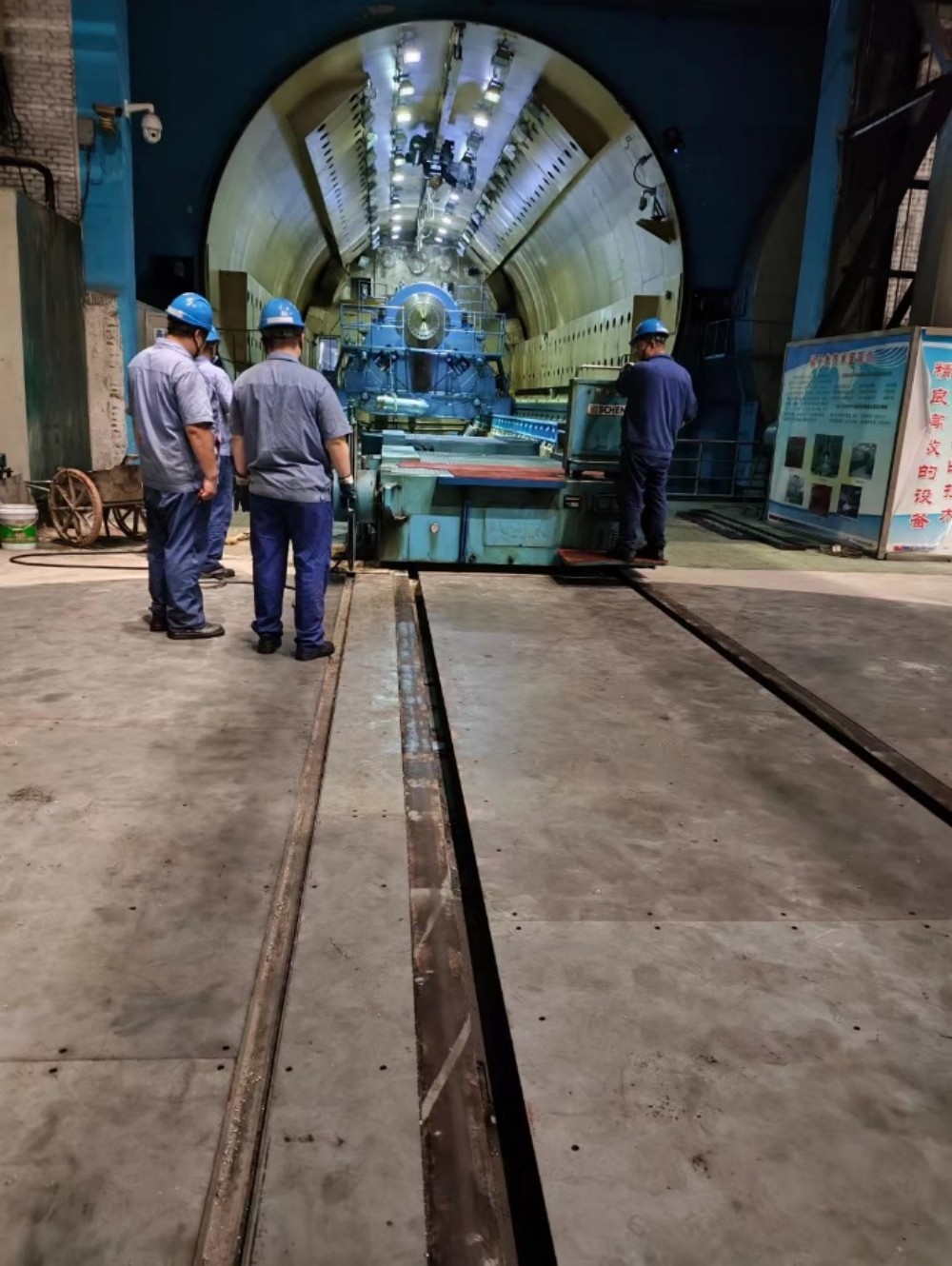When it comes to enhancing the aesthetics and functionality of interior spaces, PVC sheets have emerged as a popular choice. Whether you are a DIY enthusiast or a professional, knowing how to effectively glue PVC sheets to the wall is essential. In this comprehensive guide, we will delve into the intricacies of this process, providing you with expert tips and techniques to achieve a flawless and long-lasting bond.
- Understanding PVC Sheets and Their Applications:
Before diving into the gluing process, it is crucial to have a solid understanding of PVC sheets and their diverse applications. PVC, or polyvinyl chloride, is a versatile thermoplastic material known for its durability, resistance to moisture, and ease of maintenance. PVC sheets find extensive use in various industries, including construction, interior design, signage, and more. - Preparing the Surface:
To ensure a successful bond, proper surface preparation is paramount. Begin by thoroughly cleaning the wall surface using a mild detergent and water solution. Remove any dirt, grease, or debris, as these can hinder the adhesive's effectiveness. Once cleaned, allow the surface to dry completely before proceeding. - Choosing the Right Adhesive:
Selecting the appropriate adhesive is crucial for achieving a strong and durable bond between PVC sheets and the wall. Opt for a high-quality PVC adhesive that is specifically designed for bonding PVC to various surfaces. Consider factors such as drying time, flexibility, and resistance to moisture when making your selection. - Applying the Adhesive:
Start by applying the adhesive to the backside of the PVC sheet using a notched trowel or a suitable applicator. Ensure an even and consistent coverage, avoiding excessive application that may lead to adhesive seepage. Additionally, consider the temperature and humidity conditions during application, as these can affect the adhesive's performance. - Positioning and Pressing:
Once the adhesive is applied, carefully position the PVC sheet onto the wall, aligning it with precision. Use a roller or a clean, smooth object to press firmly on the surface, ensuring maximum contact between the PVC sheet and the wall. This step helps eliminate air bubbles and enhances the overall bond strength. - Curing and Finishing:
Allow sufficient time for the adhesive to cure as per the manufacturer's instructions. Avoid any stress or movement on the bonded area during this period. Once cured, trim any excess PVC sheet using a sharp utility knife. Finally, inspect the bond for any imperfections and make necessary touch-ups if required.
Conclusion:
Mastering the art of bonding PVC sheets to walls opens up a world of possibilities for transforming interior spaces. By following the steps outlined in this comprehensive guide, you can achieve a professional-grade bond that withstands the test of time. Remember to prioritize surface preparation, choose the right adhesive, and ensure proper positioning and pressing techniques. With these expert tips, you can confidently embark on your PVC sheet installation journey, creating stunning and functional spaces.






